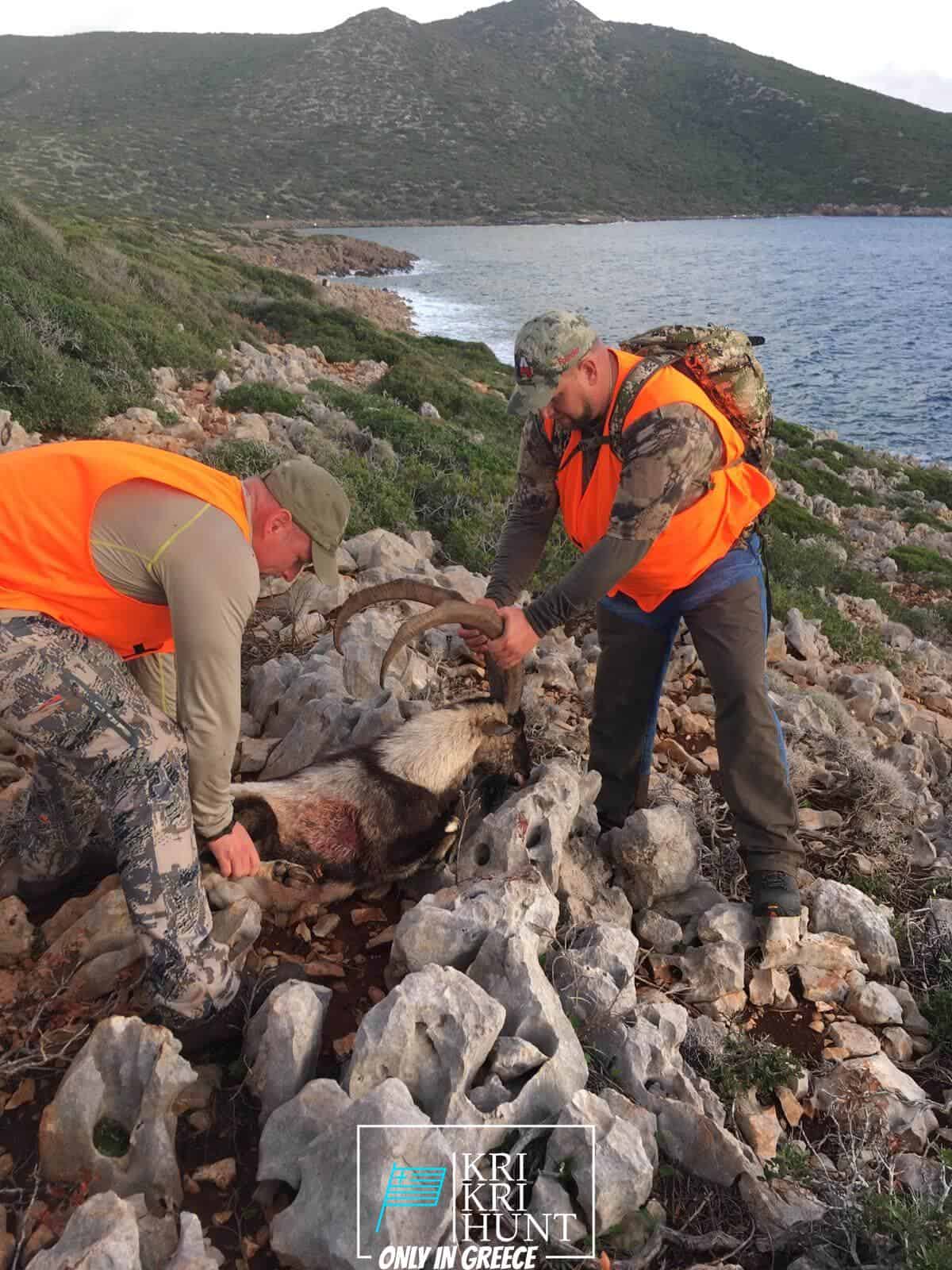
Searching for Kri Kri ibex in Greece is an incredible hunting exploration as well as wonderful holiday done in one. Ibex hunting is usually an extreme experience, however not in this instance! Dive to shipwrecks as well as spearfishing in old Greece, or appreciate ibex hunting in an unique location are just a few of the things you could do throughout a week long ibex searching excursion in Greece. Can you think about anything else?

There is no collection number of Ibexes, as the populace rises and fall. The Kri-Kri is the smallest ibex varieties (Capra Aegagrus Cretica) in terms of body weight, yet it has some lengthy horns. Although some samplings were measured at 115 cm in size, they were not counted in the survey. Searching of the Kri-Kri ibex is presently taking place in Greece. An Ibex gold trophy measures 24 inches long. Hunting is allowed on Atalanti and also Sapientza islands. On Atalanti, searching is allowed from the last week of October to the initial week of December. Hunting in Sapientza is permitted the entire month of November, thinking the climate agrees with.
What to Expect on a Peloponnese Tour? When you schedule one of our hunting and also exploring Peloponnese Tours from Methoni, you can anticipate to be surprised by the natural appeal of the location. From the excellent beaches to the mountains and forests, there is something for everyone to appreciate in the Peloponnese. Furthermore, you will certainly have the opportunity to taste several of the very best food that Greece has to supply. Greek food is renowned for being fresh and also scrumptious, as well as you will certainly not be disappointed. Among the very best components regarding our scenic tours is that they are created to be both enjoyable as well as academic. You will find out about Greek history as well as society while also getting to experience it firsthand. This is a fantastic opportunity to immerse yourself in everything that Greece needs to offer.
If you're searching for an authentic Greek experience, after that look no more than our outside hunting in Greece with fishing, and totally free diving trips of Peloponnese. This is an extraordinary means to see whatever that this outstanding area has to use. Book your tour today!
What is the diference between Kri Kri ibex, Bezoar ibex and hybrid ibex
The kri-kri is not thought to be indigenous to Crete, most likely having been imported to the island during the time of the Minoan civilization. Nevertheless, it is found nowhere else and is therefore endemic to Crete. It was common throughout the Aegean but the peaks of the 8,000 ft (2,400 m) White Mountains of Western Crete are their last strongholds–particularly a series of almost vertical 3,000 ft (900 m) cliffs called ‘the Untrodden’—at the head of the Samaria Gorge. This mountain range, which hosts another 14 endemic animal species, is protected as a UNESCO Biosphere Reserve. In total, their range extends to the White Mountains, the Samaria National Forest and the islets of Dia, Thodorou, and Agii Pandes.
This Ibex is NOT a diminutive form of the Bezoar Ibex, which has migrated into the western-most reach of the range of this species. The kri – kri (Capra aegagrus cretica), sometimes called the Cretan goat, Agrimi, or Cretan Ibex, is a feral goat inhabiting the Eastern Mediterranean, previously considered a subspecies of wild goat. The kri-kri has a light brownish coat with a darker band around its neck. It has two horns that sweep back from the head. In the wild they are shy and avoid tourists, resting during the day. The animal can leap some distance or climb seemingly sheer cliffs.
“The agrimi goat Capra aegagrus cretica is unique to Crete and its offshore islands. It has been identi®ed as a sub-species of the wild bezoar goat Capra aegagrus aegagrus Erxleben, 1777, which it closely resembles in horn shape, body form and coloration. This classi®cation has been disputed by some researchers who claim that the agrimi are feral goats, derived from early domestic stock brought to the island by the ®rst Neolithic settlers. In order to clarify this issue, DNA analyses (cytochrome b and D loop sequences) were carried out on tissue of live and skeletonized agrimi and compared to sequences of wild and domestic caprines. Results conclusively show the agrimi to be a feral animal, that clades with domestic goats (Capra hircus) rather than with wild Asiatic bezoar. This study demonstrates that morphometric criteria do not necessarily re¯ect genetic af®nities, and that the taxonomic classi®cation of agrimi should be revised.”